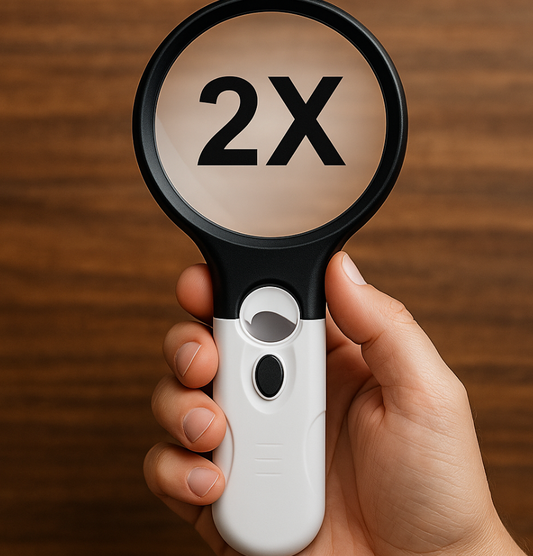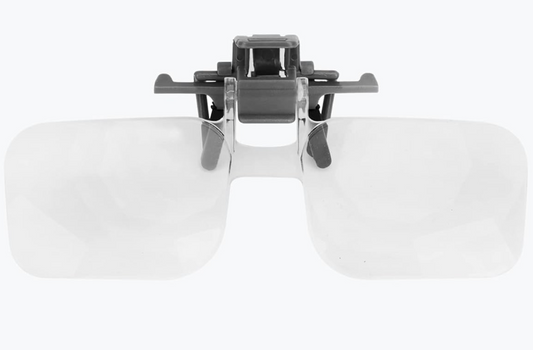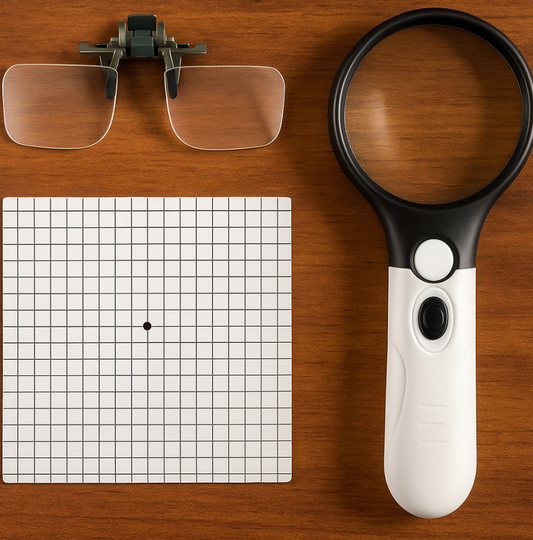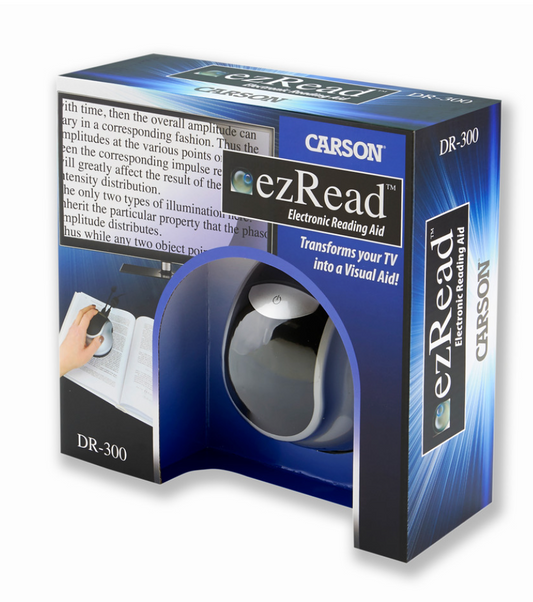Cataracts
Share
Cataracts are a common eye condition where the clear lens of the eye becomes cloudy, leading to blurred vision and, if untreated, potential vision loss. This clouding occurs due to the accumulation of proteins in the lens, often as a result of aging, though other factors like UV exposure, smoking, diabetes, and certain medications can increase risk.

Cataracts can cause symptoms such as:
- Blurry or hazy vision, as if looking through frosted glass or dirty glasses.
- Difficulty with night vision, as cataracts can cause glare around lights - headlights may turn into large stars
- Sensitivity to bright lights or glare, making outdoor activities challenging.
- Fading or yellowing of colors, affecting how colors appear - trouble seeing your golf ball as you hit it? This may be due to early cataracts.
- Double vision in one eye
Cataracts typically develop slowly, so symptoms might not be noticeable at first. They can often be managed in the early stages with stronger lighting and updated spectacle or contact lens prescriptions. However, advanced cataracts may require surgery, a common and safe procedure in which the clouded lens is replaced with a clear, artificial one.
In early cataracts, patients will tend to struggle with near work in low light and night time driving. If they are not ready to be surgically removed, limiting night time driving and ensuring proper lighting with near work will help manage symptoms. If you're looking for magnifier options - check out our Recommended Magnifiers.
Cataracts & Dry Eye Disease
Dry eyes can exacerbate cataract symptoms by increasing visual blurriness, glare, and fluctuating vision. Tear film, the thin layer of moisture covering the eye, plays a vital role in maintaining optical clarity. It smooths the surface of the cornea, the eye's outermost layer, which is responsible for refracting light into the lens. When this tear film is disrupted due to dry eyes, the cornea becomes uneven, scattering light and intensifying visual disturbances. This can make the blurry and distorted vision caused by cataracts significantly worse.
Additionally, patients with dry eyes may experience more pronounced glare and halos, particularly in bright or low-light settings, because the tears fail to adequately lubricate and protect the ocular surface. These issues can contribute to greater discomfort and impair the quality of life. In some cases, dry eyes may also interfere with the accuracy of cataract surgery measurements, potentially affecting surgical outcomes.
To manage this compounding issue, integrating targeted treatments for dry eyes into a care routine is essential. Two effective strategies include adding omega-3 supplements like PRN DE 3 Omega Capsules and using advanced artificial tears such as Thealoz Duo.
Consider additional lighting in your home - we can't say enough about the options for motion activated light bars (rechargeable) and a motion activated ceiling light. Even in the absence of cataracts, having lighting like this around your home makes a huge difference.
Visiting your eye doctor to ensure that your spectacle prescription is up to date can also help maintain quality of living while awaiting surgical removal. Debating between prescription and over the counter readers? Check out our post comparing the two: Cheater Readers or Prescription Readers?



